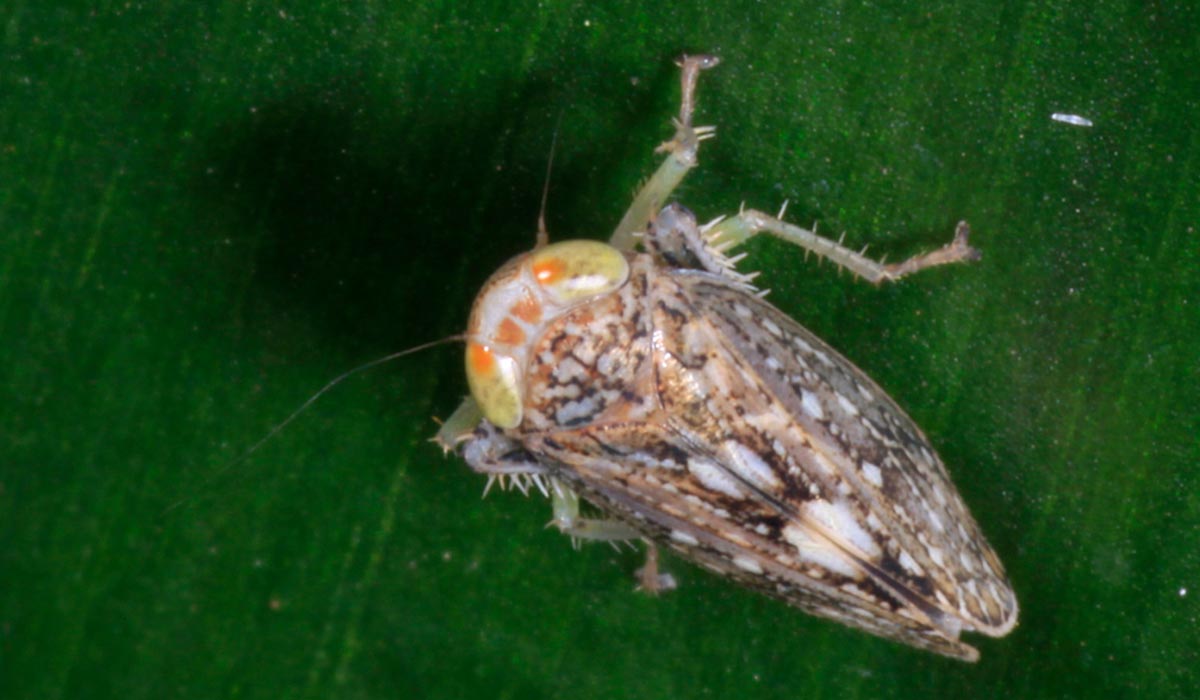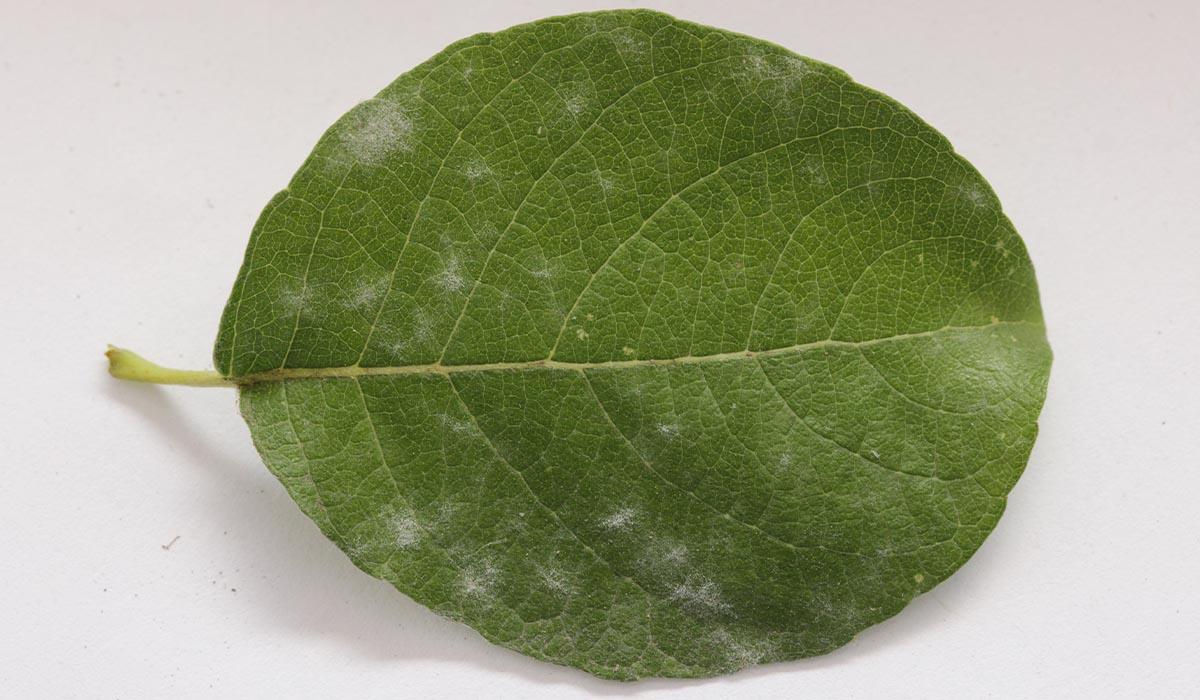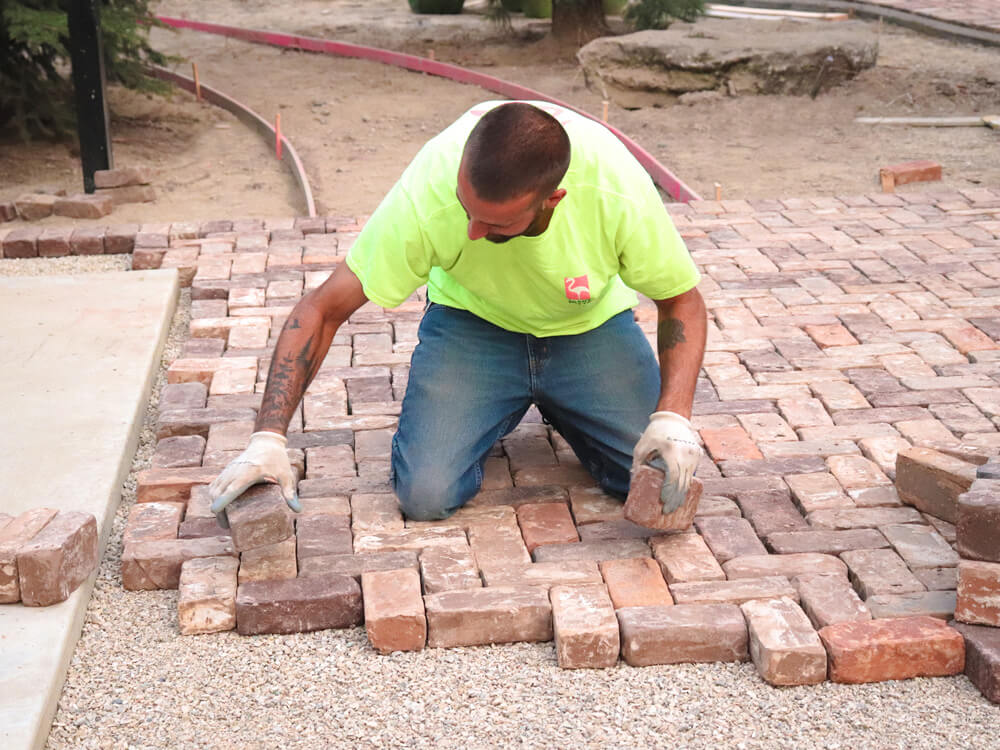Romantic. Robust. Reliable. Radiant. Roses.
Long-time favorites and absolute classics to the avid gardener, roses offer a timeless disposition to the landscape. Whether you have been gardening for years or you are a beginner, there is no need to be intimidated by the “Queen” of all flowers. The rose (botanically known as Rosa) was one of the earliest flowers to ever undergo cultivation. Sure, every rose has it’s thorns but with the proper care and proper tools and with a wide variety of cultivars and species, there is the perfect rose awaiting your selection and care.
Welcome back to Gardening 208! Today is all about roses. The Treasure Valley’s climate makes rose care relatively easy. Traditionally, roses were (and often still are) consigned to their own corner of the yard or grouped in their own shrub bed. This was a standard practice because rose groupings were easier to give the proper care when planted together. However, modern gardeners are moving away from that tradition because roses offer cultural flexibility and can be grown successfully anywhere in a well-managed yard.
Roses offer season-long flower production with unlimited choices of color, but where do you even begin when selecting the right shrub?
There are many methods used to categorize roses. We’ll keep it simple today. Roses are generally grouped as “types” on the basis of their habits of growth, flowering, and adaptability to different uses in the garden. These are known as garden roses and are further categorized as follows: Hybrid Teas, Floribundas, Grandifloras, Polyanthas, Hybrid Perpetuals, and Rugosas. Climbers and miniatures are also popular choices made up of various hybrid breeds.
Rose Types

Hybrid Teas
By far the most popular rose type today. Best grown in moderate climates, although most varieties are hardy up to zone 5. Hybrid Teas are the classic and familiar rose. They combine the blooming quality of old tea roses with the hardiness of Hybrid Perpetuals. These roses have beautiful form, a wide color range, large flowers, moderate growth, and fine fragrance. They are also superior for cutting gardens.

Floribundas
Very similar to Hybrid Teas except the flowers are usually smaller and grown in clusters. Floribundas are a cross between Hybrid Teas and Polyanthas. This cross brought forth a hardy line of flowers that bloom from June to frost. Floribundas present brilliantly colored flowers and make them ideally suited for mass plantings. They are hardier than Hybrid Teas and survive winter weather down to zone 4.

Grandifloras
One of the newest types, although another rose similar to Hybrid Teas. These flowers are larger and grow in clusters. They come in a wide variety of colors and have repeat blooms. Grandifloras are excellent roses for beginners, but a limited number of grandifloras are listed or common in the marketplace.

Polyanthas
Sturdy, disease resistant, and small. The average height of a Polyantha rose is 18 inches. While the flowers are also small, they grow in large clusters. Perfect for edgings and foreground plantings. One of the hardiest rose types.

Hybrid Perpetuals
The immediate forerunners of Hybrid Teas and remarkably hardy. These roses are tall and upright and were of supreme importance about a hundred years ago because they were the first group of really hardy rose varieties. With the rise of Hybrid Teas, Hybrid Perpetuals gradually lost popularity. However, they are still grown in collector gardens and in areas with extremely low winter temperatures.

Rugosas
These hybrids provide exceptional hardiness all the way down to zone 3. These roses are commonly recommended for Idaho’s northernmost and cold climates. They also have outstanding fragrance, repeat blooms, and are highly adaptable to adverse conditions. Keep in mind Rosa rugosa spreads by underground suckers and forms many-stemmed clumps containing vigorous thorns.

Climbers
Climbing roses are highly variable and are technically not climbers in the sense of a vine. Roses with erect growing habits of 8 feet or more, and when provided with some sort of support, are known as climbers. These make a striking appearance when fastened to arbors, trellises, and pillars.\

Miniatures
Tough little bloomers that only reach 6 to 12 inches high and produce about 1 inch flowers. Miniatures are best suited for rock gardens, containers, borders, edgings, and children’s gardens. These roses are also very tough–they can withstand more neglect in the sense of spraying, feeding, and winter protection. Miniature roses are variable in flower color, petal count, flower form, and bloom habit.
Pruning
In our climate, wait until early to mid spring to prune your roses. When cutting down your remaining perennials and grasses during spring clean ups, this is the ideal time to also prune your roses. Keep in mind there is not one general rule that is best fit for all roses. The best way to go about rose pruning is identifying what will produce the best form and bloom performance. Here are 5 ways to attain healthy roses.
Removal of dead, diseased, or damaged wood: This is the primary reason to prune. Be on the lookout for any of these factors as they are the leading causes of plant failure. Early action leads to quicker plant recovery and aids in overall rose health.
Removal of old wood: Not only dead wood, but wood so old that it never produces flowering stems nor gives rise to new lateral growth that could bear flowers. Doing this prevents wasted nourishment and conserves this energy for the development of new growth. Removing unproductive old wood also makes room for airflow and light to reach the remaining parts of the plant. Plus, it reduces the chance of diseases or plant pests.
Removal of surplus growth: Sometimes wood and canes can be too vigorous and present in such a way that may be detrimental to the rose as a whole. Dense, crossing branches prevents sun exposure and airflow and invites harboring pests. Surplus growth can also hinder thorough dusting and spraying.
Control of growth: This persuades growth to assume the size, form, or position desired of the rose.You can accurately control growth through proper apical dominance selection–make a slanted cut about ¼” above an outward-facing bud.
Rejuvenate growth: Rejuvenative pruning is the removal of one-third of the plant’s growth. This should be done annually in the spring. Removing more (about a half or even two-thirds) is possible with rose pruning as they are forgiving, but seek your Franz Witte professionals if you are unsure or unfamiliar with this pruning process.
Deadheading
Removal of flowers as they die is advisable. This not only tidies up the plant, but encourages new growth. Deadheading is best done with a sharp pair of pruners as soon as possible after flowers fade. It prevents seed hip formation, encourages new blooms throughout the season, and keeps the shrub attractive.
Rose Problems
A clean garden makes for healthy roses. Many rose pests and diseases spread by physical contact. The first step to combatting rose problems is proper sanitation in and around the rose garden. Open pruning, sun exposure, and air flow are the most important factors that lead healthy roses. Here are a few common insect pests and diseases commonly found on roses in Idaho.

Aphids:
Various species of aphids feed on roses, but the Rose Aphid is the most common. Small, greenish pink and soft-bodied insects are often found on the tips of new buds, leaves, and stems. White casts can usually be spotted before the aphids themselves. Aphids feed on plant sap with piercing/sucking mouthparts and in small colonies do little damage. However, aphids reproduce rapidly and large populations result in distorted growth.
Control: Aphids have many natural enemies including parasitic wasps, lady beetles and larvae, and green lacewing adults and larvae. Natural predators tend to keep aphid populations under control without the use of chemicals.
Spraying down rose bushes with a strong stream of water directed above and below leaves and blooms also helps. Water pressure should be strong enough to spray off aphids, but not too powerful that it de-blooms flowers or breaks stems.
If populations are too out of control, the use of chemicals may be necessary. Insecticidal soap is useful and sprays containing bifenthrin, cyfluthrin, horticultural oil, lambda cyhalothrin, malathion, neem oil, permethrin, or pyrethrin will control aphids. When using products containing these chemicals always read the label.

Spider Mite:
Tiny creatures that represent spiders more than insects because of their eight legs. Spider mites are difficult to see without a magnifying lens. One way to detect them is by holding a piece of white paper below a branch and then shaking the branch. Wipe your hand across the paper and if red or green streaks appear, spider mites are present.
Mites have piercing/sucking mouthparts and typically feed on the lower surface of a leaf. Early damage is seen as white or yellow speckling on leaves. Fine webbing appears soon after and severely infested leaves drop prematurely with a grayish or bronze color. Webbing can collect dust and debris, making the rose appear dirty.
Control: Lacewings, lady beetles, and predatory mites are all natural enemies to spider mites. These are biological control agents and are available commercially to naturally control pest populations. Spraying spider mites with a strong stream water can help control light infestations. Be sure to spray every leaf surface and repeat as needed.
Insecticidal soaps and horticultural oils are beneficial control options as well, but keep in mind that these are broad spectrum controls, meaning they could potentially harm beneficial insects as well. Do not spray soaps or oils if temperatures exceed 85 degrees. When stronger chemicals are needed tau-fluvalinate or bifenthrin are common uses against mites. When using chemical products always read the label before use.

Leafhopper:
Wedge-shaped insects that hop or fly away quickly when a plant is disturbed. Adult females deposit dark purple, pimple-like eggs within the bark of rose canes in the fall. Nymphs (immature and wingless leafhoppers) emerge in the spring and leave open wounds. These openings invite fungal pathogens to enter.
Leafhoppers have piercing/sucking mouthparts and feed on the undersides of rose leaves. Stippling spots emerge and where populations are high, leaves may appear almost white. Between feeding leafhoppers and open wounds where nymphs emerge, high populations can cause serious damage and even death to a rose.
Control: Damsel bugs and assassin bugs are natural predators to leafhoppers. Where populations are too large, chemical controls may be necessary but avoid broad spectrum as they will harm beneficial and natural predators. Search for insecticides with acephate, bifenthrin, cyfluthrin, lambda cyhalothrin, malathion, or permethrin as they are effective against leafhoppers. As always, when using chemicals be sure to read the label before use.

Thrips:
Minute insects with fringed wings are typically difficult to spot on rose blossoms. They usually live and feed at the base of rose petals. The first indication of thrips is distortion and browning of flower petals and thrips tend to be attracted to yellow and light-colored roses.
Control: Physical control of thrips is actually quite difficult. First, remove damaged buds and blooms and dispose of them. Keep fading flowers cut. Aldicarb and phorate are chemical pesticides and often the best option to combat thrips. Natural predators such as parasitoid wasps are beneficial, however, they are not typically small enough to fit into confined spaces to eradicate the problem.
Diseases

Black Spot:
The most widespread and troublesome fungal rose disease. Round black spots scattered across lower leaves appear and gradually spread upwards. Infected leaves turn yellow and fall off prematurely. Black spot spores are spread by splashing water and land on healthy foliage.
The fungus overwinters in fallen leaves and stem cankers. It is important to hand-pick affected leaves carefully as well as rake up and prune out affected canes by spring before buds swell. If you use pruners to remove foliage or stems remember to clean your tools! Avoid wetting leaves when watering and locate plants in areas with good air circulation.
Control: Once black spot settles in, it is very difficult to treat. Fungicide spray programs are an option and should be started as soon as new leaves emerge in the spring.
Potassium bicarbonate and sulfur are natural treatments that have proven effective. If a stronger chemical is needed, look out for chlorothalonil and streptomycin.

Powdery Mildew:
This disease occurs where air circulation is poor and usually emerges when days are warm and dry followed by cool and humid nights. We see this a lot in Treasure Valley summers, especially because it is common for sprinkler systems to run during the night.
Mildew appears on young growth such as stems, buds, and leaves. Leaves begin to twist and get a purple coloration and as the disease develops, young growth gets covered with a white, powdery deposit.
Control: Prune out all the dead and infected plant material. Because new growth is susceptible, thorough coverage with a fungicide is important. Fungicide applications are preventative and not eradicative. Timing is critical and repeat applications may be necessary. Horticulture oils, neem oil, sulfur, potassium bicarbonate, and Bacillus subtilis (a biological fungicide) are good options for preventing powdery mildew.
Glossy-foliaged varieties of hybrid teas and grandifloras often have good resistance to powdery mildew. Proper rose selection and proper placement in the garden (sunny location with good air circulation) are the first steps to preventing powdery mildew on your roses.

Rust:
Rose rust is caused by several species of fungi under the genus Phragmidium. Small, orange or black spots appear on the undersides of leaves while rose stems can become curled and distorted. Leaves eventually turn yellow on top and fall off prematurely.
Control: In order to prevent rust, avoid overhead watering, place roses in an open area with sun exposure, and prune with open centers. Garden hygiene is important, so collect and dispose of any leaves remaining on the plants and clean debris around plant bases. Once a rose gets affected by rust it is very difficult to eradicate. Fungicide treatments may be useful for managing the disease, but most fungicides work best when applied before any symptoms appear. Select fungicides with triforine or myclobutanil.

Cankers:
There are several fungi which cause different kinds of cankers on roses. Generally, cankers are brown, oval-shaped, and/or sunken areas on a cane. Sometimes many small cankers develop on one cane. In other cases, they join and form large diseased areas.
Control: Cankers should be pruned out each year. Prune below the affected tissue. Promoting vigorous growth with proper pruning techniques gives roses a better chance of avoiding cankers.
Garden Center
Franz Witte has a selection of roses to choose from. Come shop our nursery and find the perfect rose for your landscape. Roses add a classic and timeless beauty to the home garden and have been bred to accommodate any area. The possibilities are endless with roses and have been long loved by gardeners for a reason. Beauty, grace, and functionality along with their adaptability and tolerance of various conditions make these plants widely popular. Join in on the fun and incorporate the Queen of flowers into your landscape design today!
By Riley Rehberg


